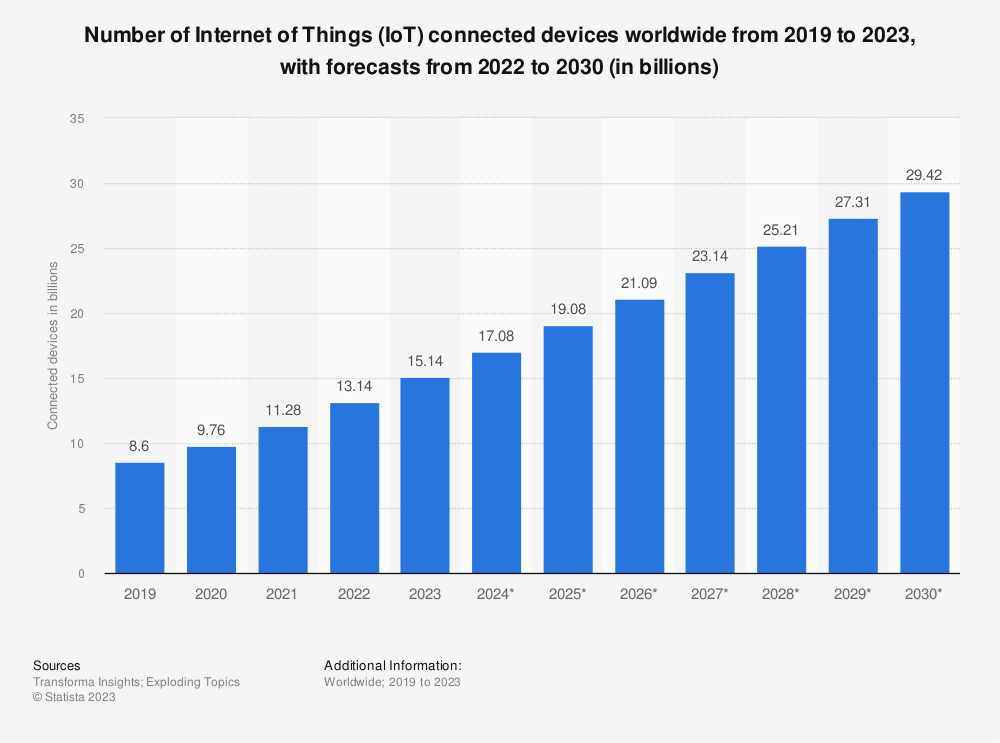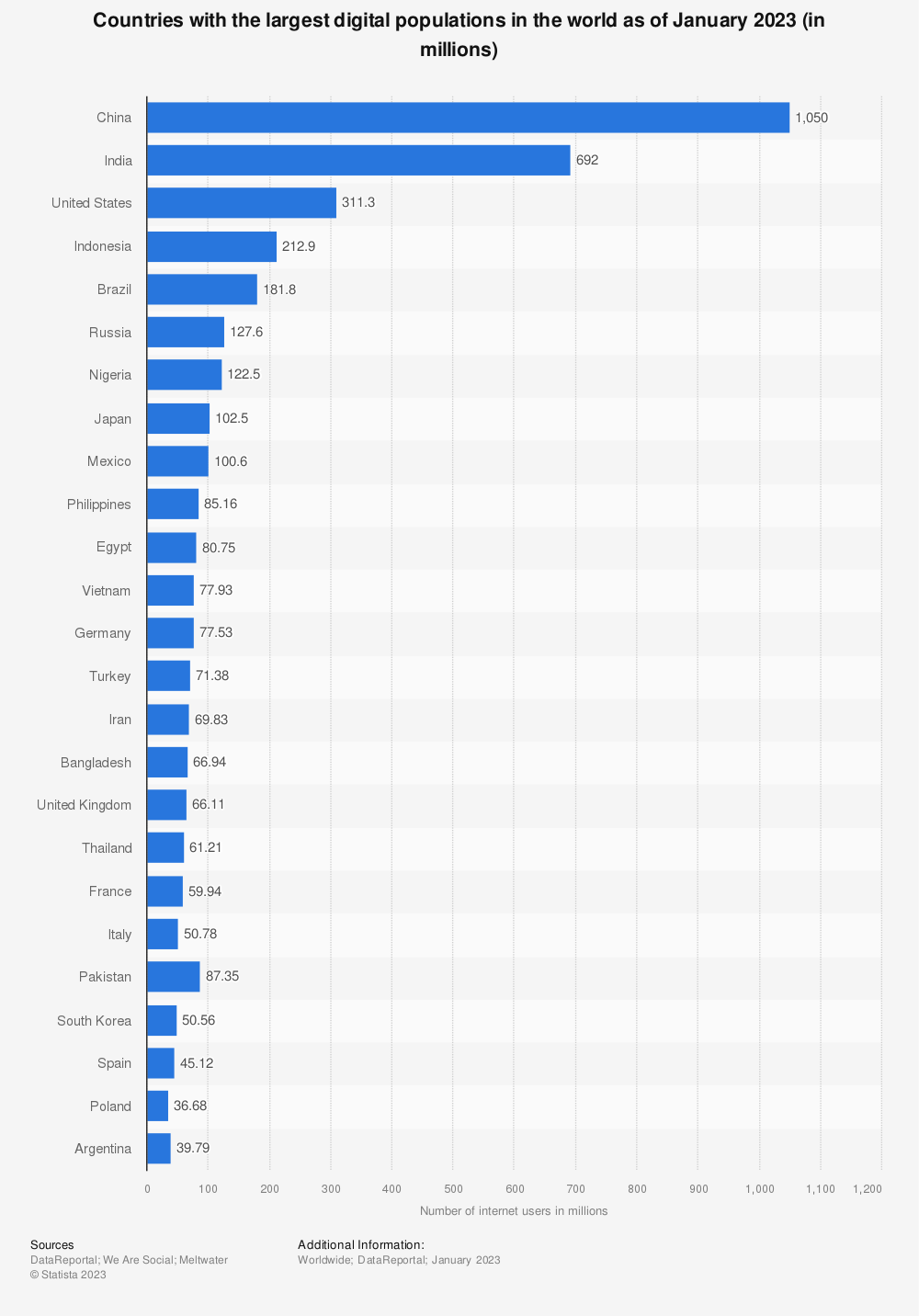Antivirus Market Share: Complete Statistics & Trends in 2024
Battle for the top spot but who reigns supreme?
- To protect your devices, you must ensure you have comprehensive antivirus software and it is up-to-date.
- But how do you know you're using the right program? User feedback and market control.
- We take a look at the market share of different antivirus programs to help you make an informed decision.

The antivirus market is bolstered by a number of vendors and a variety of service offerings. But what is the exact value of this growing industry and how large is it?
In this report, we’ll focus on getting complete insights into the antivirus industry, including its growth, trends, statistics, and future forecasts.
As of 2023, the antivirus market is valued at $4.444 billion. In recent years, the need for various types of protection has increased considerably, and different companies have presented their products so as to supply this demand.
The COVID-19 period most notably catapulted this growth, given the number of people working from home and staying online for other activities. According to research from Statista, a 3.6% growth was registered between 2021 and 2022.

Secure your devices with award-winning cybersecurity technology.

Maximize your PC's security and performance with top-notch digital threat detection.

Keep secure with groundbreaking AI detection and prevention technology.

Browse the web securely for up to 3 devices across Windows, Mac, iOS or Android systems.

Best security tool for intense browsing activity.
What is the current Antivirus software market share?
1. North America Antivirus Market Share
The North American region is the largest market share holder in the antivirus software industry. And while it is not the region with the largest population, it has a good number of active computers.
More computers mean more viruses and malware, which translates to more people using security software. Another reason is that North America also hosts the top first-world countries, meaning the demographic has a lot of disposable income.
Most companies that sell software will target their products in countries with high demand for their products, and their users are more than willing to pay for extra security features and services.
2. South America Antivirus Market Share
The antivirus market in South America has been witnessing substantial growth over the last few years due to the increasing adoption of mobile devices and growing focus on the Internet of Things (IoT).
Other factors, such as rising awareness about cyber security and increasing internet penetration rate in the region, have also played a role.
A compound annual growth rate of 12.83% is expected by 2027 which makes it a region to watch out for.
3. Global Antivirus Market Share
The antivirus market is highly competitive, and there are many products available. Even as various regions boast of controlling the market share on a global scale, these numbers are highly dependent on the digital population.
The more people active on the internet, the more likely they are to install an antivirus program.
The number of internet users is not the only driving force. For one, there are more devices than ever connected to the internet. This leaves them more vulnerable to cyberattacks than ever before.
If we’re looking at the screen time statistics, the average internet user spends at least two hours online every day and uses multiple devices: computers, smartphones, tablets, and smartwatches. This means that you will need an antivirus installed on all your devices.
So, how many people use an antivirus?
Desktop users seem to be the largest demographic using antiviruses, as a whopping 89% were registered to have installed an antivirus on their PCs. The number declines when it comes to mobile phones and drops to 49%.
This means that mobile users need to be sensitized to the importance of an antivirus. Still, all is not lost because if the projected growth is anything to go by, these numbers will shift towards an upward trend sooner rather than later.
Who are the key antivirus market players?
1. Norton 360
The antivirus market is dominated by Symantec Corp., a U.S. antivirus software company. Its technology and services are designed to protect against sophisticated threats across endpoints, networks, and cloud.
This versatility makes it control a huge chunk of the market. Its credibility and customer satisfaction are well embedded in its achievements. Norton 360 has consecutively scooped the best protection and security award in the last six years.
2. McAfee
McAfee is the second largest security software company in the world, after Symantec. The company’s flagship antivirus product is called McAfee Antivirus Plus, and it is available for Windows, macOS, and Android devices.
In addition to its core antivirus products, McAfee offers several other security suites that include additional features like backup and device control. Its extensive catalog puts it ahead of its competitors, and its subscriber base is continuously growing.
For instance, at the end of 2022, the total revenue was $2.9 billion which is a 10% increase from the previous year.
3. ESET Internet Security
ESET is a market leader in the cybersecurity industry with a global reputation for innovation, reliability, and trustworthiness. One of the factors that make a product successful is consistent profits, and ESET has a proven track record in this area.
For instance, in 2020, it registered a 13% profit increase. This not only implies a satisfied consumer base but also an increase in market share.
While these are the top contenders overall, Some products perform better as standalone that are worth mentioning. According to a Help Net Security report, some companies with a wide subscription base include:
| Antivirus | Market Share |
| Norton 360 | 97.5 |
| McAfee | 96.3 |
| Eset Internet Security | 96.3 |
| Microsoft Security Essentials | 96.0 |
| COMODO | 92.0 |
What does the forecast period for the global Antivirus Software Market look like?
The market for antivirus software is always changing. The introduction of cloud-based antiviruses is a huge step in offloading the PC. However, in equal measure, data privacy concerns and security threats still hamper this market’s growth over the forecast period.
The threats are becoming more sophisticated. For instance, between 2021 and 2022, the number of malware attacks increased from 5.4 to 5.5 billion.
And as the number of developed countries continues to soar, the number of users is also growing. Tech companies are also not left behind as they strive to meet the growing demand for devices. This means the number of computers in the world will continue increasing.
However, only the active and connected to the Internet devices will be affected. As of 2023, there are at least 15.4 billion active devices.
And since the number of active devices is projected to hit the 29 million mark by 2030, the antivirus market is also expected to experience exponential growth. In turn, this increases the number of potential entry points for malware.

Since reports from the cyber attack statistics indicate that businesses are at a higher risk of ransomware attacks, they are investing more money into securing their systems by employing better security measures.
Individual users are also not left behind as they are no longer asking whether your Windows 11 needs an antivirus. They have become aware of the risks involved in using a computer without an antivirus installed and securing their devices.
Ultimately, the consumer segment will continue to grow, but businesses will overtake personal users since they are more concerned about data protection.
What are the key drivers for the Global Antivirus Software Market Shares?
- The growing popularity of mobile devices and the increasing usage of smartphones and tablets.
- Increased use of the internet and the popularity of social networking sites have birthed numerous hacking techniques.
- Dynamic and rising malware, viruses, spyware, and adware threats.
- Growing popularity of cloud computing necessitates the development of better data protection technologies.
As antivirus companies strive to provide the most powerful and effective program, achieving this in today’s market can be difficult. The sheer variety of available products complicates the purchasing decision, even for tech-savvy consumers.
You only need to install an antivirus that meets your needs. For instance, if it is based on operating systems, you can choose the best antivirus for Windows 10 or the best antivirus for Windows 11. Ultimately, it boils down to user needs and preferences.
What’s more, antiviruses can be hacked, so it’s important to be vigilant about security. You can employ a multi-layered approach, such as firewalls and a proxy, to get all-rounded protection.
There you have it. What do you think of the growth in the antivirus industry? Is there something that needs to be done to get everyone on board to secure their devices? Share your thoughts with us in the comment section below.



